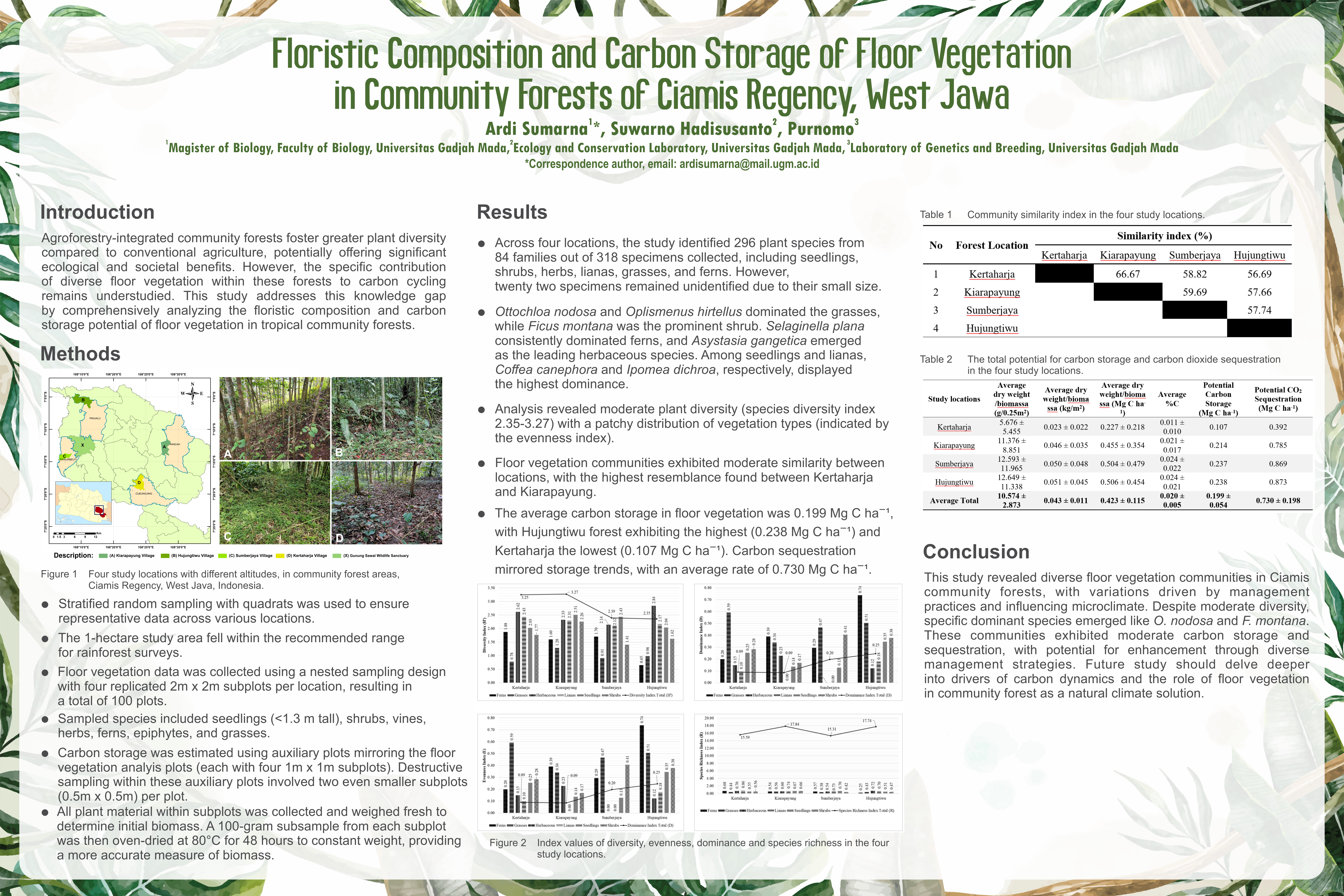Tropical Peat Swamp Management Options: A Case Study Using System Dynamic in Southern Aceh
Abstract
Tropical peat forest ecosystems have multiple benefits as regulating hydrological system, carbon storage, timber and non-timber products, and protecting the biodiversity. Lack of understanding of these functions, short-term economic benefits is more preferable despite reducing its ecological benefits. This study proposed a system dynamics model of tropical peat forest ecosystem in determining its optimum management for extractive utilizations (timber and non-timber forest products), environmental services, and biodiversity. A dynamics model was used to describe changes in peatland and forest cover, biomass accumulation and carbon storage, and total economic value of tropical peat forest ecosystem in Trumon and Singkil, Southern Aceh. The projection showed that peat forest ecosystem benefits would decline in the long term if degradations continue at the same rate over last decade. Efforts to change the primary peat forest to plantation would reduce the total economic value of ecosystem and biodiversity values at level -19.63% and -26.28% from current conditions. Carbon emissions were increased at 117.32 tons CO2 eq ha-1 year-1, higher than average of carbon losses from peatland oxidation. Preserving 50% of forest vegetation on moderate depth and protection very deep peatlands would reduce emission -6.96% to -35.06% and increase forest carbon storage at significant rate +15.06% to +63.32%, respectively. These mitigation schemes would improve the biodiversity and hydrological function. Forest rehabilitation with agroforestry practices will enhance carbon uptake, especially on degraded lands.
Authors
AswandiA., SadonoR., SupriyoH., & HartonoH. (2015). Tropical Peat Swamp Management Options: A Case Study Using System Dynamic in Southern Aceh. Jurnal Manajemen Hutan Tropika, 21(3), 172-183. https://doi.org/10.7226/jtfm.21.3.172
Jurnal Manajemen Hutan Tropika is an open access journal which means that all contents is freely available without charge to the user or his/her institution. Users are allowed to read, download, copy, distribute, print, search, or link to the full texts of the articles in this journal without asking prior permission from the publisher or the author. This is in accordance with the Budapest Open Access Initiative (BOAI) definition of open access.






